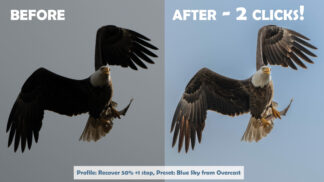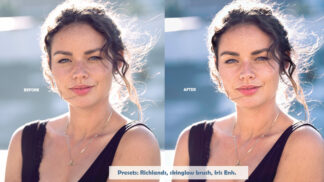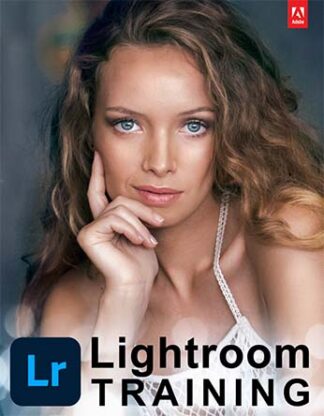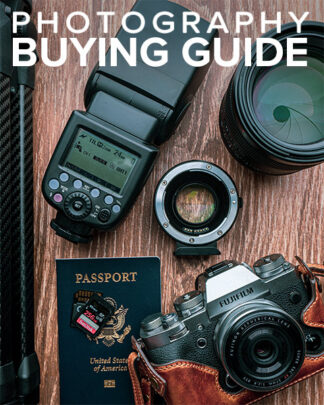Bokeh (pronounced Bo-kay or Bo-keh) is the Japanese word for the appearance of out-of-focus parts of your picture. Often, the term is used simply to mean a blurry background, but that’s not quite accurate, because you can have a very blurry background with either good or bad bokeh. Usually, you’ll only notice the difference between good bokeh and bad bokeh in specular highlights; those bright lights in out-of-focus areas. The most striking example are out-of-focus city lights, but you’ll often see good or bad bokeh by looking at bright leaves with sun reflecting off of them. The average person looking at a picture will never notice bokeh. I’ve never had a client, personal or commercial, complain about bad bokeh. Only photographers and videographers notice bokeh. If you’re taking pictures to please other photographers or videographers, this might be a consideration—otherwise, I don’t recommend spending more money just to change the shape of out-of-focus specular highlights. For an example of the difference between good and bad bokeh, watch the following comparison video of the Sigma 50mm f/1.4 Art lens (which has amazing bokeh) vs. the Canon 50mm f/1.8 (which has lousy bokeh). https://www.youtube.com/watch?v=Y0ao1hH-x6E





